|
Bastille Day is celebrated in France every July 14th, and in many French-speaking regions worldwide, including the USA. The French also refer to this day as “Le Quatorze Juillet” (the 14th of July) or “La Fête Nationale” (the National Day) On July 14th, 1789. a group of revolutionaries stormed the Bastille prison in Paris, marking the start of the French Revolution. The Bastille was a symbol of the tyrannical rule of the Bourbon monarchy. Without going into a detailed history lesson, suffice it to say King Louis XVI and his wife Marie Antoinette were overthrown, ending the “Ancien Régime.” The Bastille prison was torn down by the order of France’s new revolutionary government, with the last stone removed in 1790. King Louis XVI was publicly beheaded on January 21st, 1793, making him the only French king to ever be executed. Marie Antoinette met the same fate at the guillotine on October 16th, 1793. Although it was a violent time, Bastille Day is celebrated in France with parades, fireworks, food, wine, and dancing. And even though I never need a reason to pour a glass of wine, it’s a perfect time to open a bottle of French wine and toast Bastille Day! Here are three wines that will tickle your palate on Bastille Day or any day of the year! C’EST LA VIE Pinot Noir-Syrah Pays d’Oc IGP 2020 This brand was created by Maison Albert Bichot. The Bichot family was established in Burgundy in 1350. Founded in 1831, Domaines Albert Bichot currently owns six estates throughout Burgundy. This wine is a blend of 60% Pinot Noir and 40% Syrah, with grapes sourced from the Languedoc-Roussillon. It is vinified and finished in stainless steel. Nose: Floral notes, red berries, and a hint of spice. Palate: Vibrant and smooth with strawberry, raspberry, ripe cherry, and a dollop of spice. Alcohol: 13% SRP: $13 Pairing suggestions: Enjoy on its own or with grilled fish, meat, cheese, and light bites. Slightly chilled on a hot day, this wine is quite refreshing. Trenel Beaujolais Cuvée Rochebonne AOP 2021 Maison Trenel was founded in 1928 by Henri Claudius Trénel and is in the heart of the South Burgundy and Beaujolais wine regions. The grapes for this 100% Gamay are sourced from the regional appellation “Beaujolais,” east of the “Pierres Dorées” area, on three parcels east-oriented and facing the Mont Blanc. The wine is aged for five months in cement tanks and is unfined and lightly filtered before bottling. Nose: Fruity aromas, red berries, cherry, spice. Palate: Aromas segue onto the palate with crisp and juicy notes of strawberry, raspberry, cherry, and a touch of pepper lingering on the finish. Alcohol: 12.5% SRP: $21 Pairing suggestions: Soft cheese, cheese tarts, quiche, fish stew, seared tuna, and roasted chicken. La Perrière Mégalithe Sancere 2016 Saget La Perrière is a family-run company in the Loire Valley, France. With 890 acres of vines in the finest appellations and six estates, it carries on the tradition of nine generations dedicated to producing fine wines. The estate’s 106 acres of Sancerre vineyards (Sauvignon Blanc grapes) are in the Bannay, Verdigny, Saint-Satur, Crézancy, and Vinon districts. Megalithe is the icon wine of Saget La Perrière. The first vintage was produced in 1998. The goal of Megalithe is to showcase the beauty of aged Sauvignon Blanc. The grapes are hand-harvested, and “after a gentle pressing, 40% of the must is fermented in new 300-liter oak barrels from Allier. The wine stays in barrel for eight to nine months, and the lees are stirred regularly to give the wine weight and complexity. To preserve the character of Sauvignon, the other 60% of the must is vinified and matured with particular care in steel vats.” Nose: Elegant and complex aromas of honeysuckle, apples, apricots, stone fruit, vanilla, and a touch of flint. Palate: Rich texture with a beautiful balance of salinity and ripe fruit. This wine has so much character! Alcohol: 12.5% SRP: $45 Pairing suggestions: Enjoy as an aperitif or with lobster, seafood, goat cheese, and salads. Until next time… Joyeux jour de la bastille!
Cheers! Penina To leave a comment or if you have an inquiry, please contact me at [email protected] This morning I woke up in a “pink” mood inspired by a recent sample delivery. The box contained two bottles of rosé, one from California, the other from Languedoc Roussillon, and a variety of tinned fish sourced from Galicia, Spain. Perhaps canned fish has taken a backseat to eating freshly caught fish, but this writer happens to like tinned fish, especially sardines. Although it has been a while, I used to prepare sardine salad made from packed sardines in olive oil or mustard sauce and served it on crackers or toast as an appetizer with white wine. So, this sampling has inspired me to think outside the box again! Let’s talk about the wines. Josh Cellars Rosé 2022 Joseph Carr formed his own wine company in Napa Valley after spending a decade as a world-class sommelier and another decade as a wine industry executive. His dream was to have his own family-owned winery, so in 2005 he began making wines under the label ‘Joseph Carr.’ In 2007 Carr launched Josh Cellars as a tribute to his dad, Josh. Grapes for the Josh Cellar wines are sourced from top California wine-growing regions to create wines with character and complexity. This wine is a rosé blend made with undisclosed grape varieties. Nose: Flowers, red berries, and white stone fruit. Palate: Light and dry with notes of strawberry, citrus, white peach, and crisp acidity. Alcohol: 12.5% SRP: $14.99 Pairing suggestions: Enjoy as an aperitif, or serve with light appetizers, ceviche, fresh fruit, and tinned tuna straight from the tin, mixed in a salad or on crackers. Fleurs de Prairie Rosé 2022 Made by the family-owned Les Grands Chais de France, "Fleurs de Prairie" is named in celebration of the free-spirited wildflowers carpeting their vineyards in the South of France. The grapes for this wine are sourced from vineyards throughout the Languedoc region, some of which have vines that are 50+ years old. The blend for this wine is 43% Grenache Noir, 40% Syrah, 9% Carignan, 5% Cinsault, and 3% Mourvèdre. Nose: Floral, ripe red berries, citrus, and a hint of minerality. Palate: This is a dry, fresh and lively rosé with aromas segueing onto the palate with strawberry and a hint of melon. Crisp acidity and a touch of citrus linger on a long finish making this the perfect sipper at the end of the day. Alcohol: 13% SRP: $20 Pairing suggestions: Drink as an aperitif, or serve with light appetizers, salads, seafood, grilled chicken, and tinned sardines on toast. And now a word about the tinned fish! The Siesta Co. is based in California, but all of its tinned seafood is sourced from fisheries in Galicia, Spain. The fish is wild-caught and sustainably fished, such as using line poles to prevent overfishing. And each tin contains all-natural ingredients packed in organic extra virgin olive oil. White Tuna in Organic Extra Virgin Olive Oil Ingredients: Albacore tuna, organic extra virgin olive oil, sea salt Sustainably line caught through pole fishing to preserve the flavor and texture of the tuna while ensuring the seabed is not damaged. Sardines in Organic Extra Virgin Olive Oil Ingredients: Sardines, organic extra virgin olive oil, sea salt
Sustainably caught off the coast of Galicia, Spain, these wild, all-natural, bone-in scale-free sardines are hand packed individually. Siesta Co. products are available in 3-pack/5-pack and variety packs. There are five fish types to choose from. Pour a glass of rosé and enjoy these fish pairings. Your palate will thank me! Until next time… Cheers! Penina To leave a comment or if you have an inquiry, please contact me at [email protected] It might be winter with lots of snow, ice, and frigid temperatures, but I’m enjoying a touch of spring with these fresh and vibrant wines from Languedoc! Languedoc and Roussillon, now known as the Occitanie region since 2016, is France’s largest wine-producing area located in southern France(approximately 584,400 acres). It extends from the Rhône valley in the east to the Spanish border in the southwest. Languedoc makes up about 90% of this region, with Roussillon occupying 10%. The wine styles reflect the climate and terrain, which vary with the location of the vineyards growing from the Mediterranean Sea to the mountainous terrain more inland. While this region offers red, white, rosé and sparkling wines, about 75% to 80% of the wine production is red, with Syrah, Grenache, Mourvèdre, Cinsault, and Carignan being the major players. The red wines are noted for being fruit-driven and full-bodied, with an emphasis on blends rather than single varietals. White grapes include Grenache Blanc, Picpoul, Vermentino, Viognier, and Bourbouelenc.
Most of Languedoc’s vineyards are located on coastal plains, and Roussillon vineyards lie in the foothills of the Pyrenees or on cliff tops. The vineyards experience a primarily Mediterranean climate with varying microclimates and soil composition. It is interesting to note that Languedoc is documented as one of France’s largest organic wine-growing regions. Here are three samples of what Languedoc has to offer. Domaine Reine Juliette Picpoul de Pinet ‘Terres Rouges’ 2020 Domaine Reine Juliette is a sixth-generation winery located on the Via Domitia in Pomerols on the Mediterranean coast. This wine is made from 100% Picpoul blanc grapes planted in red limestone gravel in vineyards situated in the Appellation of Protected Designation of Origin Languedoc “Picpoul de Pinet.” Fermentation takes place in stainless steel, with short aging in bottle before release. Nose: Floral, white stone fruit, melon, and citrus Palate: Dry and crisp with lemon, honeydew, white peach, minerality, and a touch of red ruby grapefruit on the finish. Alcohol: 13% SRP: $23 Pairing: Enjoy as an aperitif or serve with salmon croquettes, shellfish, or oysters. Terre Des Dames Le Rosé 2020 AOC Coteaux du Languedoc Terre Des Dames was purchased in 2002, but the estate’s originality shines through with its 100 -year-old vines and 18th-century buildings. This rosé is a blend of 40% Mourvèdre, 30% Grenache, and 10% Syrah. Grapes are sourced from small plots on different levels and are surrounded by ancient stone walls and wild garrigue. Nose: Floral, red berries, Palate: Fresh fruit, raspberry, strawberry, spice, minerality, and a hint of herbal. Crisp, dry, with subtle complexity, and quite delightful! Alcohol: 13% SRP: $21 Pairing: Enjoy as an aperitif or serve with light fare. Domaine La Madura ‘Classic Rouge’ 2018 AOP Saint-Chinian Domaine La Madura is located in Saint-Chinian appellation, with blocks of vineyards planted on a patchwork of very varied soils and altitudes that differ from one plot to another. The blend for this wine is 34% Grenache, 22% Carignan, 22% Mourvèdre, and 15% Syrah, with vines growing on slopes in varying soil types such as clay-limestone, sandstone, and schist. Aging of wine is in concrete vats and 3 to 10-year-old barrels for Syrah and Mourvèdre. Nose: Cherry, dark fruit, herbal notes, and earthy. Palate: This wine is fresh and sassy. Aromas segue onto the palate with silky tannins, anise, and minerality. Alcohol: 14% SRP: $22 Pairing: Grilled meat, stews, glazed duck, seared tuna, mushroom risotto, or hearty soups. The above wines are unique and expressive of Languedoc’s terroir. If you can’t travel to Languedoc right now, let your palate take you on tour. Even with lots of snow outside my window, I’m happy to sip these wines and let them take me to Languedoc for a visit. Until next time… Cheers! Penina To leave a comment or if you have an inquiry, please contact me at [email protected] After enduring many sultry days, I enjoyed waking up this morning to 53-degree temperatures and no humidity! And yes, it put me in the mood for red wine, even though I have some lovely white and rosés chilling. I selected Domaine Bila-Haut, which is produced by Michel Chapoutier. Michel is a fourth-generation oenologist and head of Maison M. Chapoutier, founded in 1808. It is located in the Rhône wine region in southeastern France. Michel is one of Rhône’s most famous wine producers and is known worldwide for such wines as Hermitage, Chateauneuf du Pape and Côte Rôtie. In 1999, Michel purchased the 190-acre estate Domaine Bila-Haut located in the region of Côtes de Roussillon, Languedoc in Southwest France. It was a neglected property but showed promise due to the Mediterranean climate and a mix of schist, gneiss and clay soils. With Michel’s knowledge, expertise and passion he turned the land into a perfect growing environment for Syrah, Grenache and Carignan. Sustainable farming and low yields along with Michel’s belief of “emphasis should be on quality, not quantity” have led to producing the highest quality fruit and concentrated flavors in these expressive wines. Les Vignes de Bila-Haut Rouge Côtes Du Roussillon Villages 2017 This Syrah-dominated wine is blended with Grenache and Carignan. Grapes are hand-harvested from plots located on the slopes of the high Agly Valley. Vibrant aromas of plum, dark berries, spice and cocoa set the stage for this succulent wine. Michel Chapoutier adds that it has “the smell of summer rain on stone.” The palate offers layers of plum, dark cherry, spice and pepper that tease and linger on a long finish. This is a beautifully blended and well-balanced wine with silky tannins. Enjoy with grilled fish, meat and dessert! Alcohol: 14% SRP: $15 Domaine de Bila-Haut L’esquerda Côtes Du Roussillon Villages 2017 This is a single vineyard wine made from old vines. Syrah dominates the blend with small amounts of Grenache and Carignan added. The percentages of the blend vary from vintage to vintage. The grapes are hand-harvested from the 67-acre L’esquerda vineyard comprised of 40 to 60-year-old vines that grow in granite and schist soils. Earthy aromas mix with dark fruit, spice, floral notes and mocha. The palate offers juicy notes of black cherry, blackberries, plum, spice and a hint of wet stone. The finish is long with a touch of chocolate and herbs lingering. Delicious! Serve with grilled meat, tuna, poultry and hearty stews.
Alcohol: 14.5% SRP: $28 These Rhône wines are elegant and expressive and Michel Chapoutier never disappoints! Until next time… Cheers! Penina To leave a comment or if you have an inquiry, please contact me at [email protected] The leaves are beginning to change color and some of them are already sprinkling to the ground. It is officially autumn, however I’m not quite ready to put away my sandals. And, I’m certainly not inclined to shelve my white and rosé wines. In fact, if you have kept up with my stories, then you know I tend to drink these wines all year round. To welcome the fall season, I decided to open a crisp rosé from Michel Chapoutier’s Domaine de Bila-Haut vineyards located in the region of Côtes de Roussillon, Languedoc. To learn more about Michel Chapoutier, please click on the link below or peruse the Categories list to the right of this page. http://thewineknitter.com/the-journal/category/bilahaut Domaine de Bila-Haut “Les Vignes” Pays d’Orc Rosé 2018 is a blend of 60% Grenache and 40% Cinsault that is fermented and aged in tanks. Up until the 2018 vintage, Michel, ever the artist and experimentalist, also used 5% Syrah in the blend, but he has phased it out completely. This coral-colored wine has subtle but inviting aromas of floral, citrus, red fruit and minerality. The palate offers a soft array of berries, rose, herbs, minerality and a hint of watermelon. This is a dry and refreshingly crisp wine with just a trace of citrus on the finish. Drink as an aperitif or serve with light pasta, seafood, sushi and salads. Alcohol: 12.5% SRP: $15 Although I’m taking inventory of my red wines and getting ready for those cold winter days ahead, my refrigerator will always be stocked with white, rosé and sparkling wines! Until next time…
Cheers! Penina To leave a comment or if you have an inquiry, please contact me at [email protected] As I popped open a bottle of wine from the south of France the other evening, I imagined myself basking in the Mediterranean climate as opposed to the deep freeze that I was experiencing. And after a few sips of wine, I was magically transported to Pic Saint-Loup. Pic Saint-Loup is a sub-appellation of the Languedoc appellation and is located in the Languedoc-Roussillon region of southern France. Although the Languedoc makes red, white and rosé wines, Pic Saint-Loup only makes red and rosé wine, mainly from Grenache, Syrah and Mourvedre. Located only 18 miles from the southern French coast, Pic Saint-Loup appellation enjoys a Mediterranean climate with hot summers, mild winters and low rainfall. It also benefits from the proximity of the Pic Saint-Loup mountain and the Montagne de L’Hortus both of which contribute Jurassic limestone soils and bring a continental influence to the area with cool nights and an increased diurnal temperature range. The Jurassic limestone soils and diurnal temperatures are key in the development of the grapes here, helping to retain balanced acidity and sugars. Pic Saint-Loup appellation is about 1500 hectares with approximately 1000 hectares of planted vines at varying elevations. For instance, Mourvedre likes to grow in warm dry climates and is planted in lower vineyards, whereas Syrah prefers the higher elevations, benefiting from the cooler nights. Château La Roque is located in the Coteaux du Languedoc Pic Saint-Loup. Its origins date back to 1259 when two brothers Jean and Guilhaume de La Roque purchased the property and planted vineyards. However, prior to the brothers arriving, it is said that the Romans were the first to plant vines over 2000 years ago. By the 15th century, the La Roque family was making wines commercially. La Roque has 80 hectares of which 32 hectares are terraced vineyards. In addition to the limestone and clay soil, Garrigue, an aromatic scrub brush dominates the landscape and contributes its essence to the vines. Sylviane and Bertrand Barascud purchased the estate in 2015 postdating the bottle of wine that I opened. However, the winemaker, Cyriaque Rozier, who worked for the previous owner, Jacque Boutin has stayed on with the Barascuds. Château La Roque Languedoc Pic Saint Loup Rouge “Cuvée Les Vielles Vignes de Mourvedre 2011 This is a beautiful blend of 70% Mourvedre, 20% Syrah and 10% Grenache. The grapes are hand harvested from 50 to 60-year-old vines and fermented in cement tanks. The wine is aged for 18 months in 600-liter oak barrels (2, 3, 4 and 5 years) and then aged in bottle for 6 months before release. The color is dark ruby with succulent aromas of dark berries, plum, spice and violet. The palate offers blueberry, black cherry, fennel, earth, pepper and hints of vanilla. The finish is lengthy with traces of chocolate and pepper lingering. The wine is full-bodied with a perfect marriage of tannins and acidity. I would love to taste this again in a year or so. Serve with grilled or braised game & meats, stews, hearty soups and assorted cheese.
Alcohol: 13.5% Perhaps next time that I’m sipping Pic Saint-Loup wine, I’ll be gazing at the Montagne de L’Hortus and not at the logs burning in the fireplace! Until next time… Cheers! Penina To leave a comment or if you have an inquiry, please contact me at [email protected] Many of you have been questioning of late why the “knitter” in The Wineknitter has disappeared. I have many excuses lined up, but truth be told, my passion for knitting waned. I must confess that I haven’t picked up knitting needles in over two years…that is until last week. A family member recently reached out to me and asked if I would teach her how to knit. I was quite happy to do so. As we sat sipping wine and going through the basics of knitting, I realized how much I’ve missed the challenge of designing and creating knitwear. And I had forgotten how peaceful and centering knitting is. Although I don’t have a lot of time anymore to sketch, work out patterns, etc., my teaching session motivated me to grab some yarn and start knitting. So, with knitting needles, yarn and a glass of wine in hand, I embarked on a quick project! The “pour” that paired with my knitting project is Michel Chapoutier’s Domaine de Bila-Haut L’esquerda Côtes Du Roussillon Villages L’esquerda 2016. Domaine Bila-Haut is located in the region of Côtes de Roussillon, Languedoc in Southwest France. Michel Chapoutier is a fourth-generation oenologist and head of Maison M. Chapoutier. He is world-renowned and one of Rhône’s most famous wine producers of Hermitage, Chateauneuf du Pape and Côte Rôtie. The blend of Domaine de Bila-Haut L’esquerda 2016 is mostly Syrah with small amounts of Grenache and Carignan. The percentages vary from vintage to vintage. The grapes are hand harvested from the 67-acre L’esquerda vineyard comprised of forty to sixty-year-old vines that grow in granite and schist soils. The color of the wine is deep purple with intoxicating aromas of dark berries, spice, pepper and vanilla. The palate is layered with blackberries, plum, raspberry, fennel, spice and hints of minerality. The finish is long and filled with blackberry jam, chocolate, pepper and a touch of fennel. This is an expressive and beautifully balanced full-bodied wine. Serve with grilled meats, chicken, cheese, tuna steak and hearty stews. Alcohol: 14.5% SRP: $28 As a side note, Michel Chapoutier’s wine labels are also printed in Braille. It is Michel’s way of paying homage to Maurice de la Sizeranne who was born in 1857 and had lost his sight by age nine. Maurice was one of France’s most noted philanthropists and founded the Revue du Braille, perfecting the system of abbreviated Braille. Maurice and his family are also known for a small plot of land they own in the famous Hermitage appellation where Chapoutier sources grapes for one of his most famous wines, Monier de la Sizeranne. If you would like to learn more about Bila-Haut wines, please click on “Categories” on the right-hand side of this page. My knitting moments will be far and in-between going forward, but every now and then, I will post a “sip and stitch” story. Here is my finished cowl neck scarf which took a few hours to make. Until next time…
Cheers! Penina To leave a comment or if you have an inquiry, please contact me at [email protected] The following post was intended for publication a few days ago. However, as my finger hovered over the “publish” button, the power went off in my home due to the tumultuous Nor’easter raging outside. I lost communication with the world…no Internet, TV or phone service. It has been an interesting and challenging few days to say the least and I still have no electricity. Through the kindness of friends, I’ve been able to “recharge” and finally go online today. So here is the story as written before the lights went out! Winter is not over yet and another Nor’easter has descended upon us. So rather than gaze out the window helplessly watching the tree branches bend in a torturous rebellion against nature, I decided to transport myself to the South of France! And it was so easy; all I had to do was open a bottle of wine! My taste buds took me to Languedoc, France’s largest wine producing region extending from the Rhône valley in the east to the Spanish border in the southwest, The wine styles reflect the climate and terrain which vary with the location of the vineyards growing from the Mediterranean to the mountainous terrain more inland. About 75% to 80% of the region’s wine production is red with Syrah, Grenache, Mourvèdre and Carignan being the major players. The red wines from this region are noted for being fruit driven and full-bodied with an emphasis on blends rather than single varietals. Languedoc is also one of France’s largest organic wine growing regions. Le Domaine Fabrègues is located in the heart of Languedoc on a hillside in the village of Aspiran, with Cévennes and the Black Mountain as its backdrop. Carine Despinasse is owner and winemaker. Domaine de Fabrègues 'Le Coeur' Languedoc 2009 is a beautiful blend of 80% Syrah and 20% Carignan. The Carignan grapes are harvested from 75+-year-old vines. The color is deep garnet with a bouquet of cherry, sweet fruit, earth and spice. The palate is a concentration of black cherry, dark and juicy fruit, plum, pepper and licorice. The wine is full-bodied with smooth tannins and hints of dark chocolate and spice that linger on the palate for a very satisfying and long finish. This is an impressive wine and moderately priced! Alcohol: 14% SRP: $20 Languedoc also produces some wonderful white, rose, sparkling and sweet wines. Check out some of my stories and reviews of producers and wines in this region by clicking on the Category menu on the right-hand side of this page. I love the south of France…especially in the middle of a snowstorm!
Thanksgiving is fast approaching and for those who are hosting family and friends, it is a busy time of finalizing menus, shopping and perhaps selecting wines to pair with a variety of dishes. Since sparkling wines, roses, whites and many reds pair well with turkey and traditional side dishes, the possibilities of what to select might seem daunting. It all boils down to personal preference. However, a good rule of thumb in choosing a red is to look for mild tannins and moderate acidity. The trick is to enhance the meal…not overpower it. I recently tasted Bila–Haut’s 2016 “Les Vignes” Rouge and “Les Vignes” Blanc, both great wines to open at Thanksgiving. I have written about Domaine Bila-Haut and winemaker, Michel Chapoutier in previous stories. 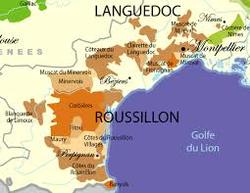 To recapitulate: Domaine Bila-Haut is located in the region of Côtes de Roussillon, Languedoc, a wine region known for making top quality wines. It is in Southwest France, and very close to Spain. Michel Chapoutier is a fourth-generation oenologist and head of Maison M. Chapoutier. He is world-renowned and one of Rhône’s most famous wine producers of Hermitage, Chateauneuf du Pape and Côte Rôtie to name just a few. Chapoutier purchased the 190-acre Domaine Bila-Haut in 1999. It was a neglected property but showed promise with the land being a mix of schist, gneiss and clay. With Chapoutier’s knowledge, expertise and passion along with the climate of the Mediterranean, he turned the land into a perfect growing environment for Syrah, Grenache and Carignan. Bila-Haut wines reflect all of this. Les Vignes de Bila-Haut Rouge is exquisite. This Syrah-dominated wine is blended with Grenache and Carignan. The color is royal purple with concentrated aromas of dark berries, spice, herbs and a pleasant earthiness. The palate is layered with dark cherries, plum, blackberry, spice, pepper and chocolate. The wine is medium-bodied with mild tannins and a long finish of berries and spice dancing on the palate. This is a wine that can be savored right through dessert. Alcohol: 14.5% SRP: $15 Les Vignes de Bila-Haut Blanc is a blend of Grenache Blanc, Grenache Gris, Vermentino and Macabeo. Michel Chapoutier has truly captured the essence of these varietals. The wine is very aromatic with saline notes, citrus, floral and green apples. The palate offers soft citrus and herbs. The wine is crisp, beautifully balanced and the finish offers a taste of lemon zest and the sea. Alcohol: 13.5% SRP: $15 To quote Chapoutier “I’m focused more on length and aftertaste than on the nose because the wine is meant to be married with food”. And I can assure you; these wines will complement a wide range of food! Have a great day!
Cheers! Penina To leave a comment or if you have an inquiry, please contact me at [email protected] |
Categories
All
|


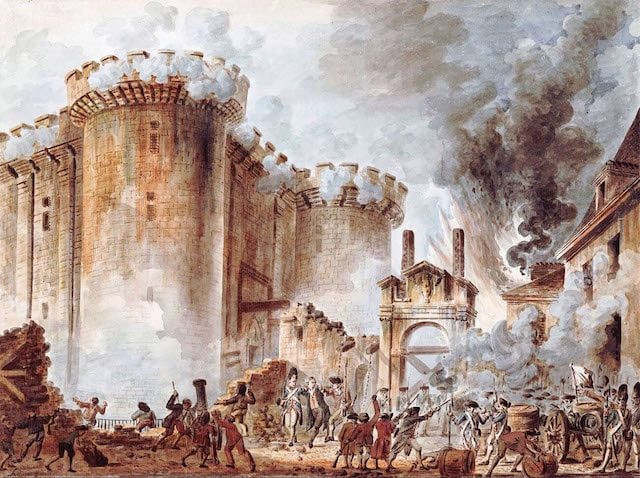
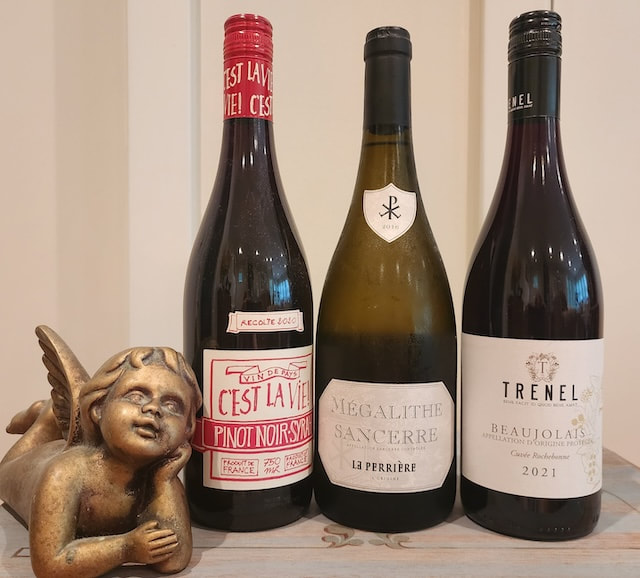
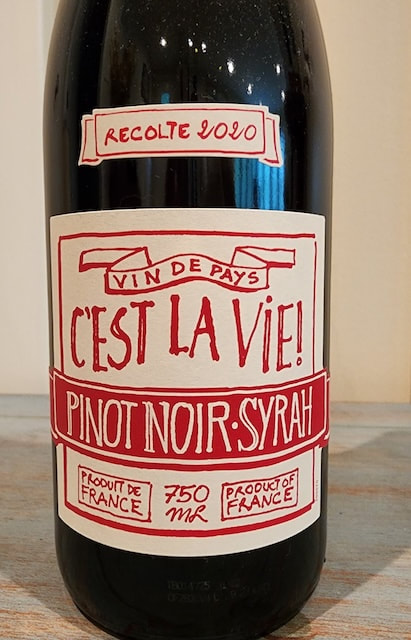
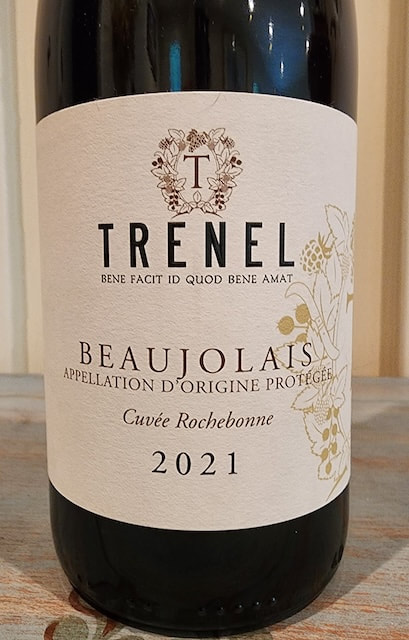
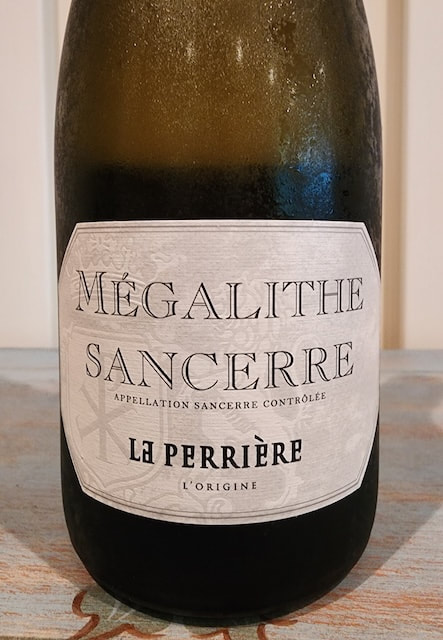

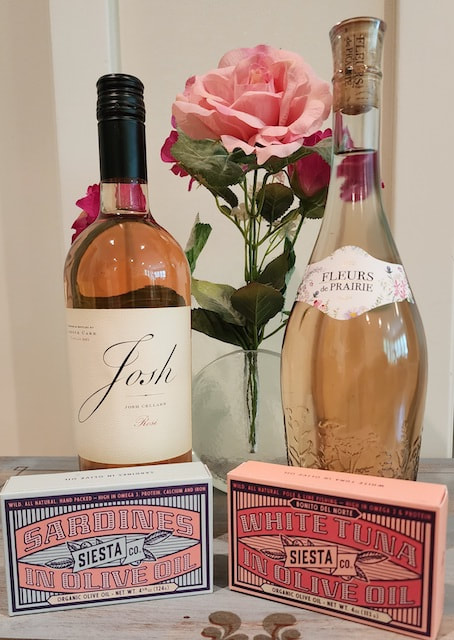
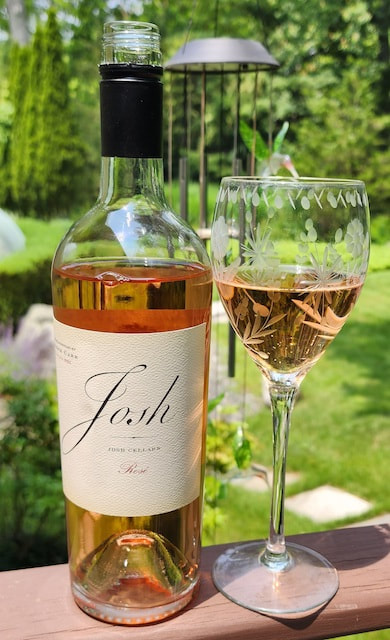
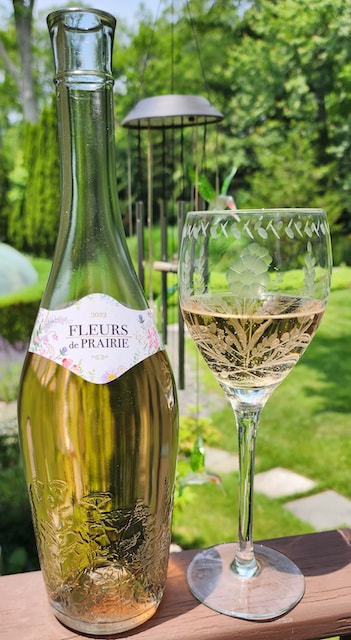
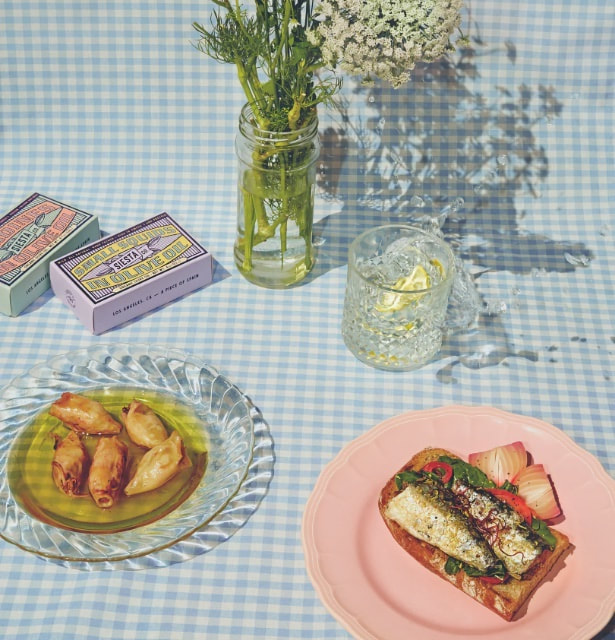
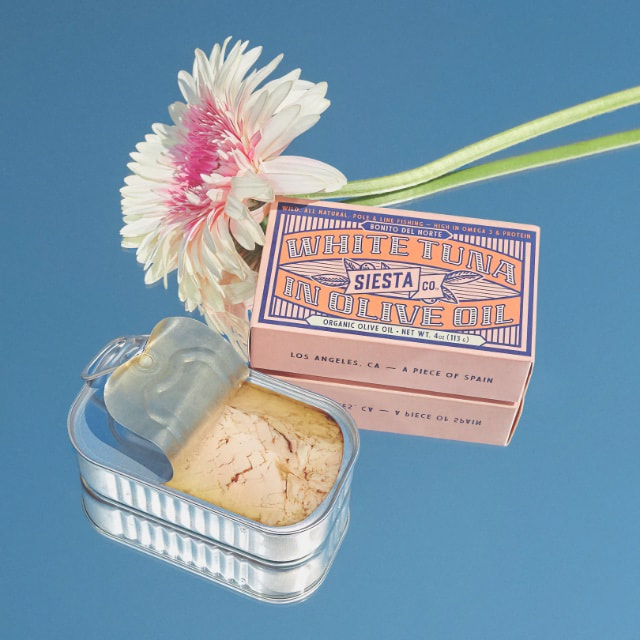
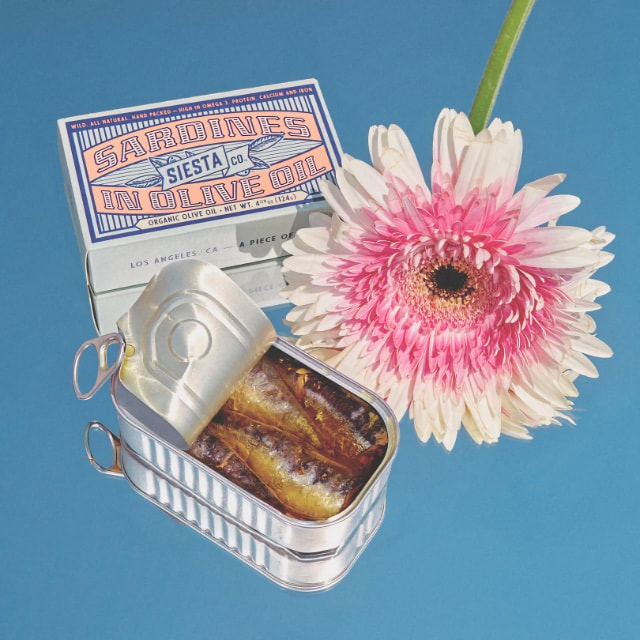
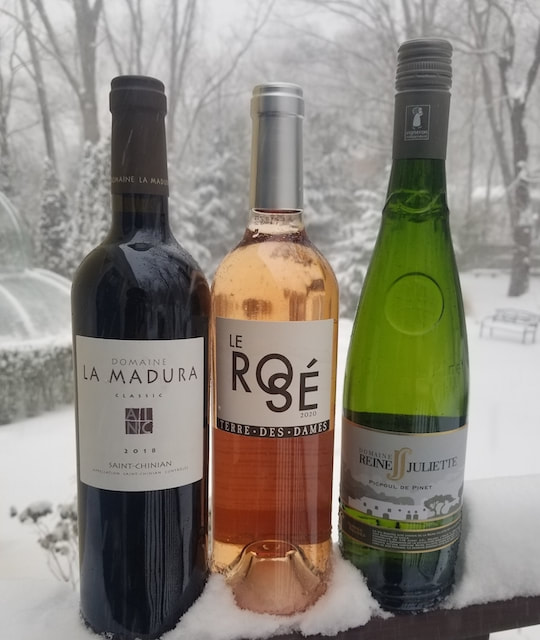
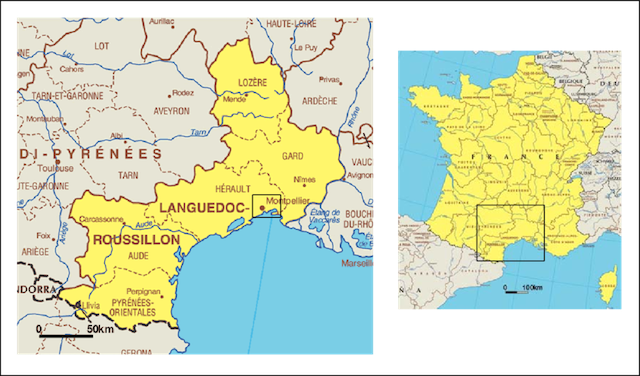
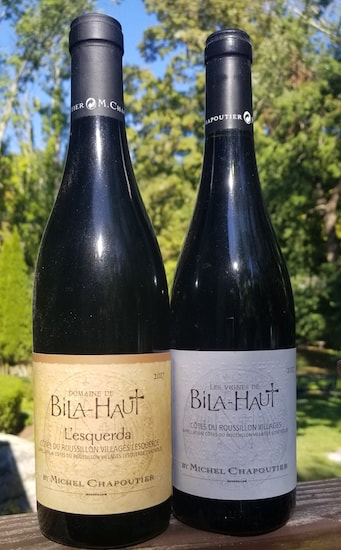
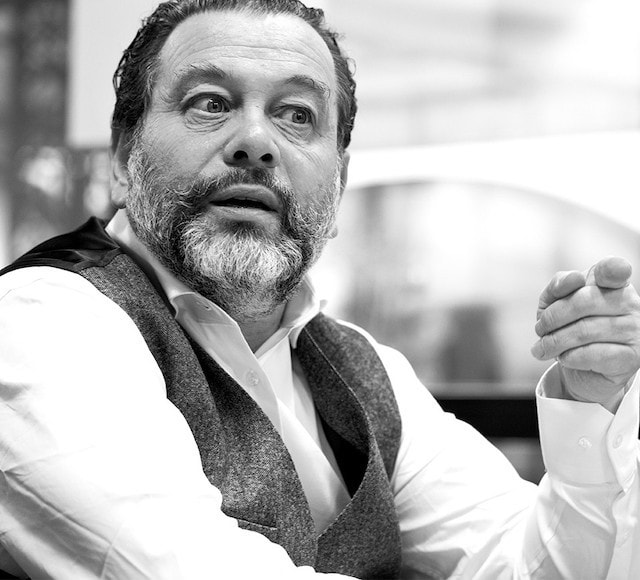
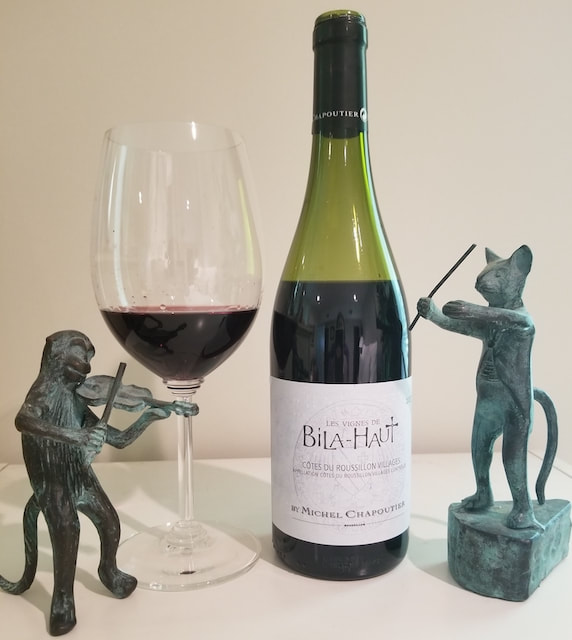
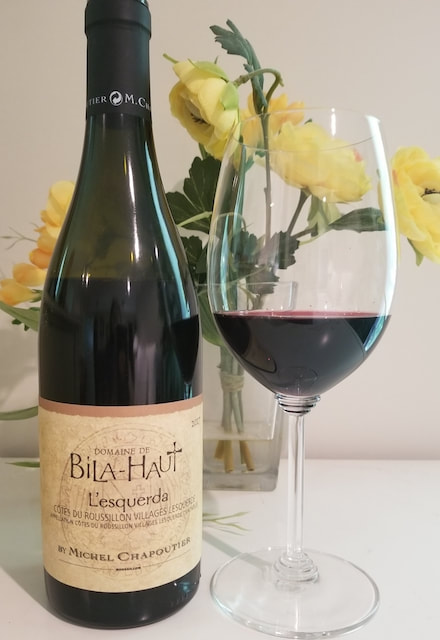
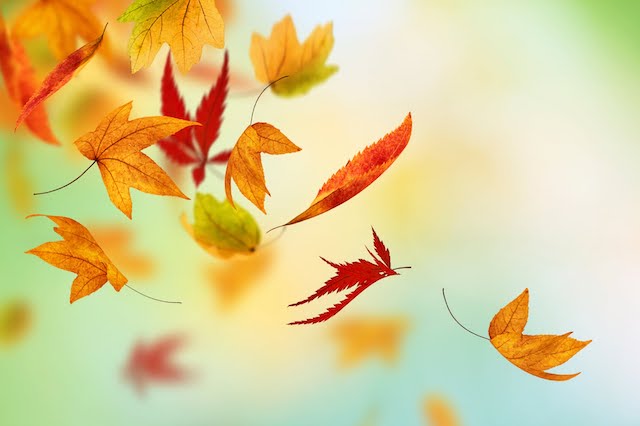
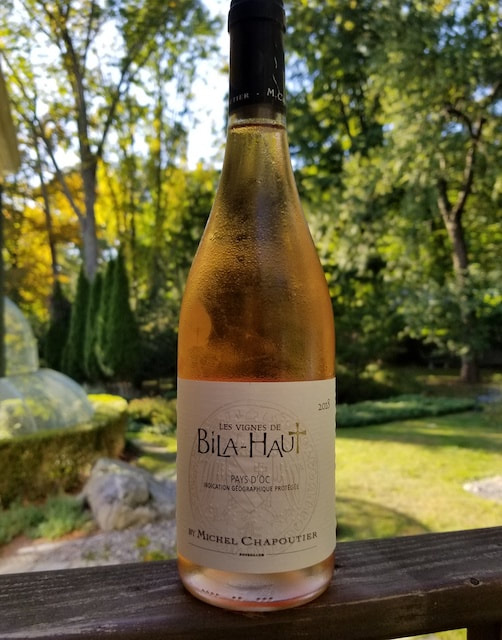
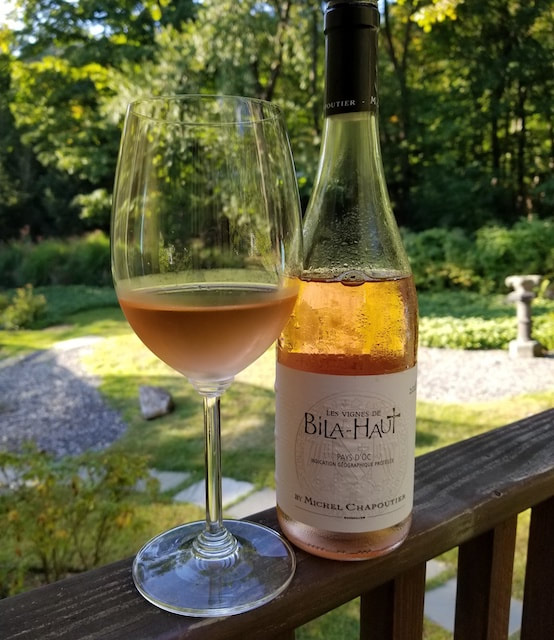
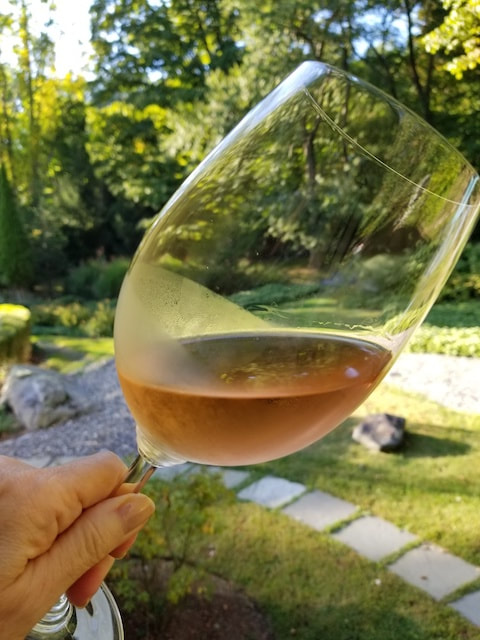
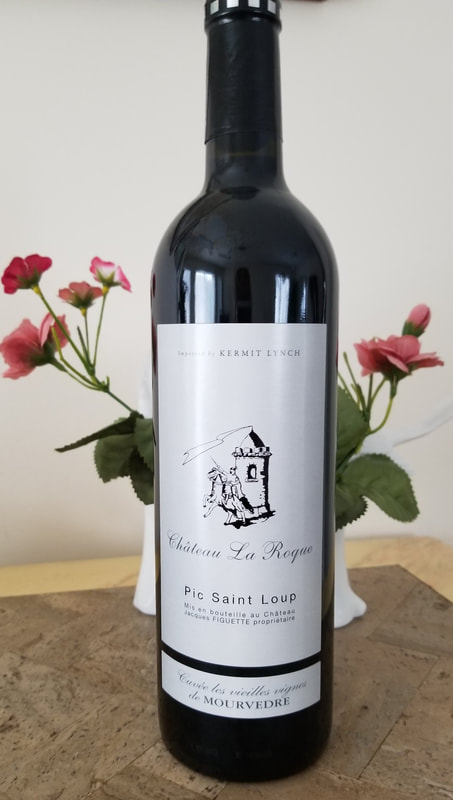
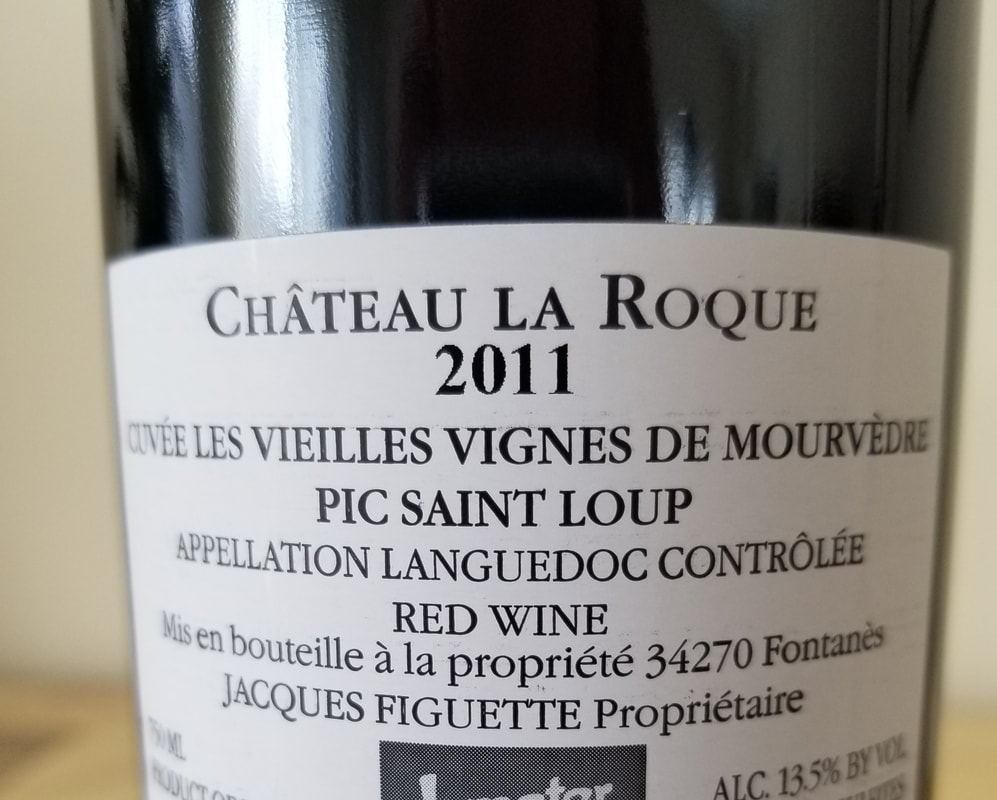
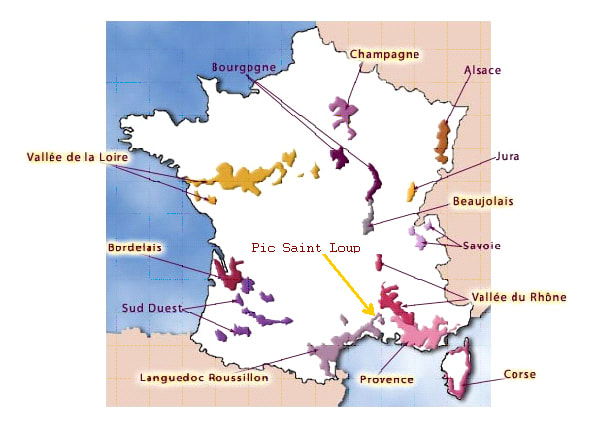
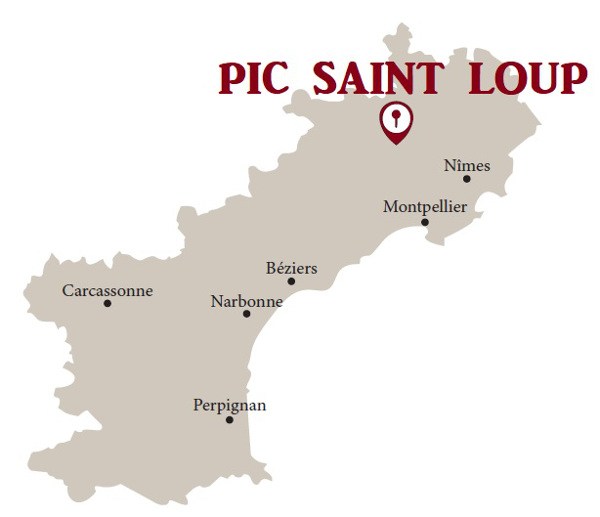
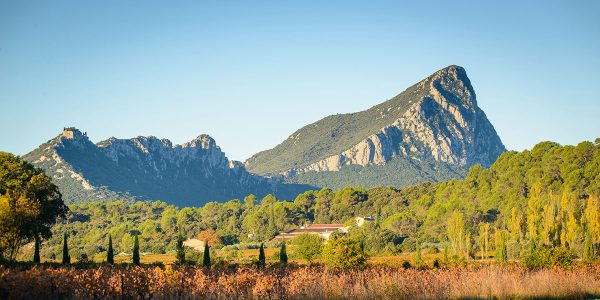
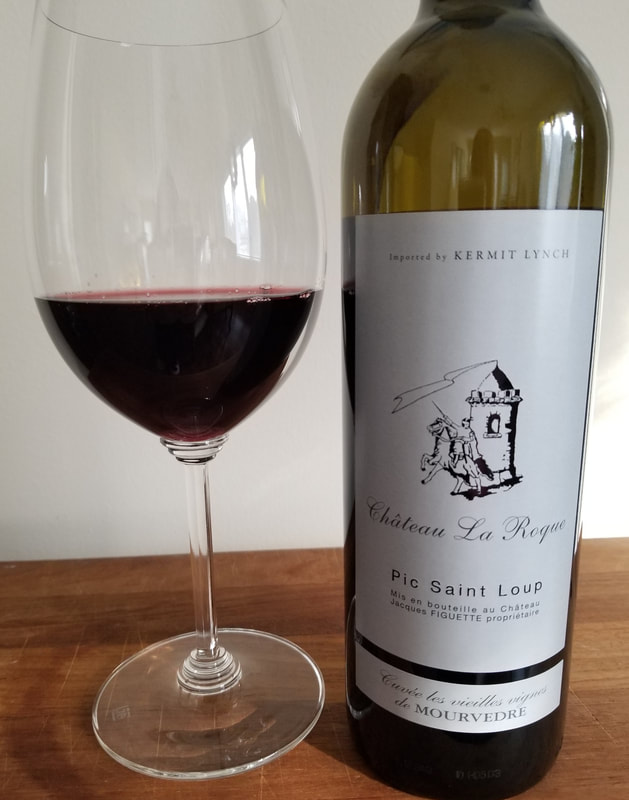

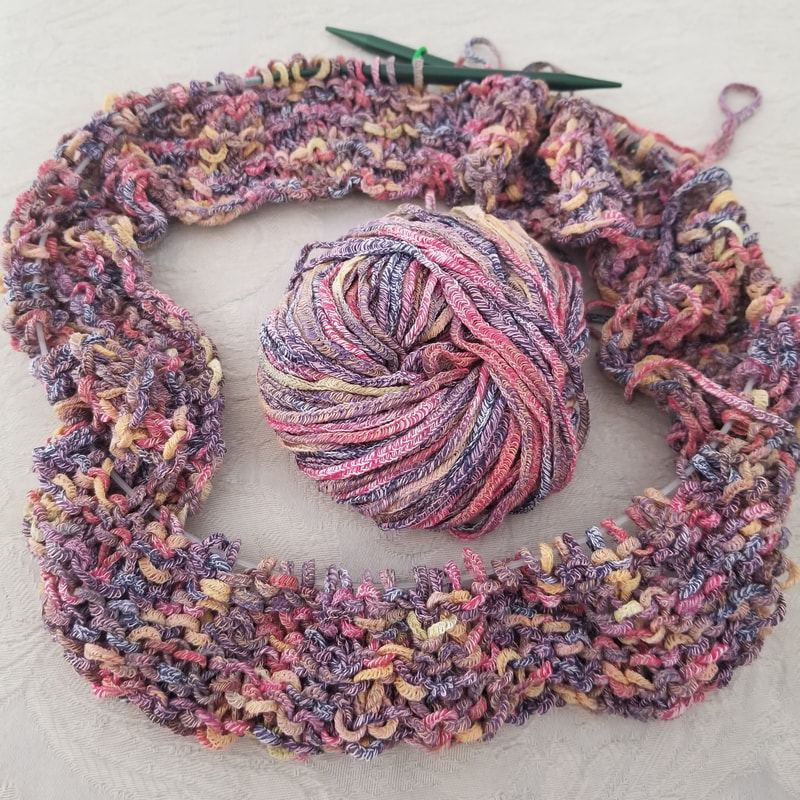
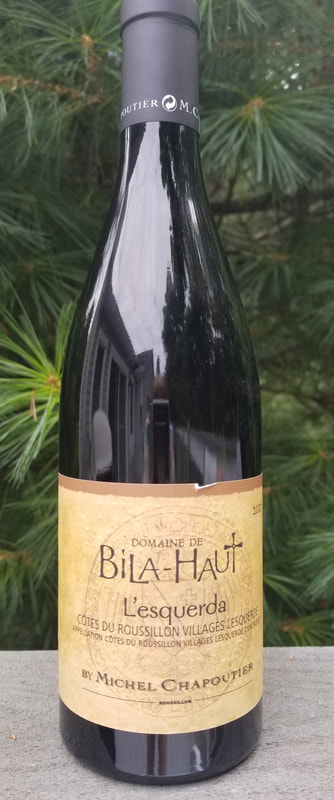
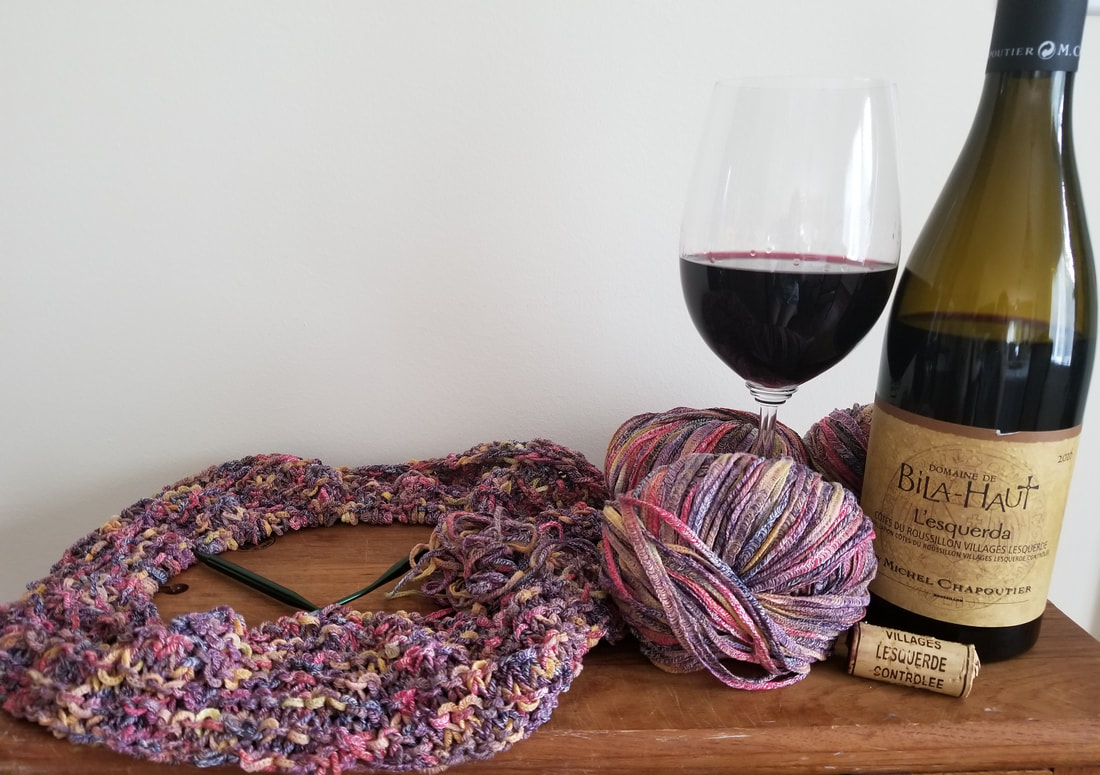

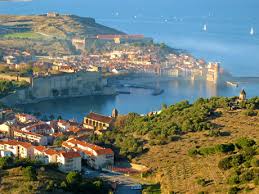
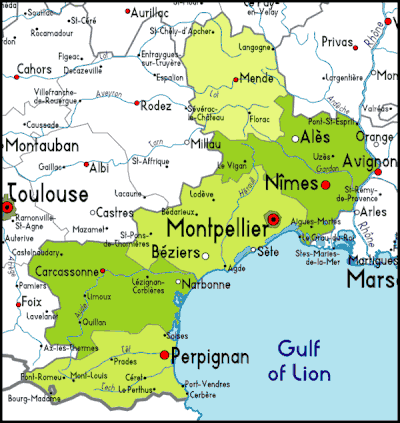
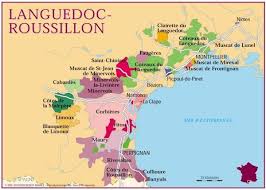
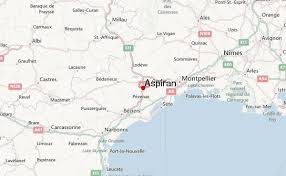
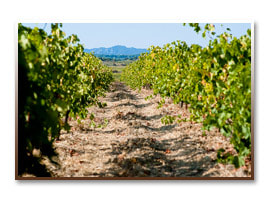
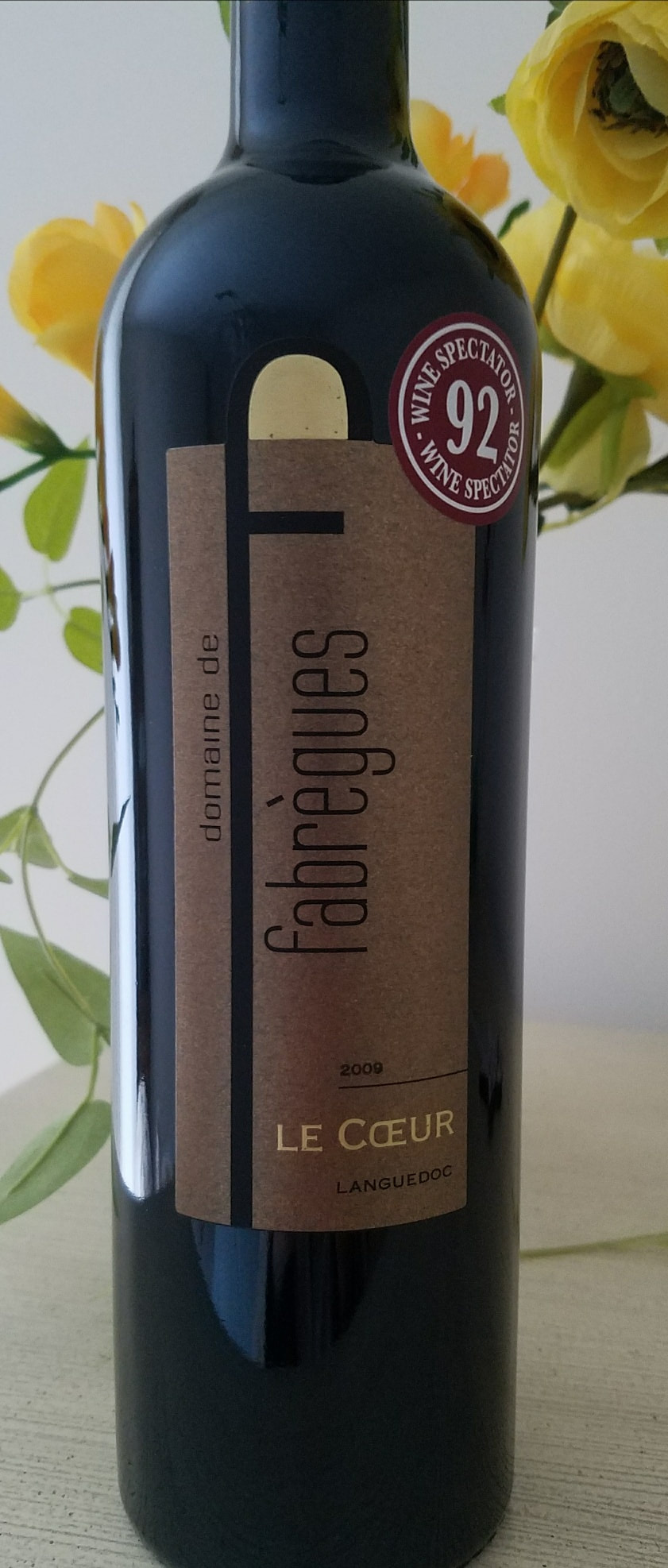
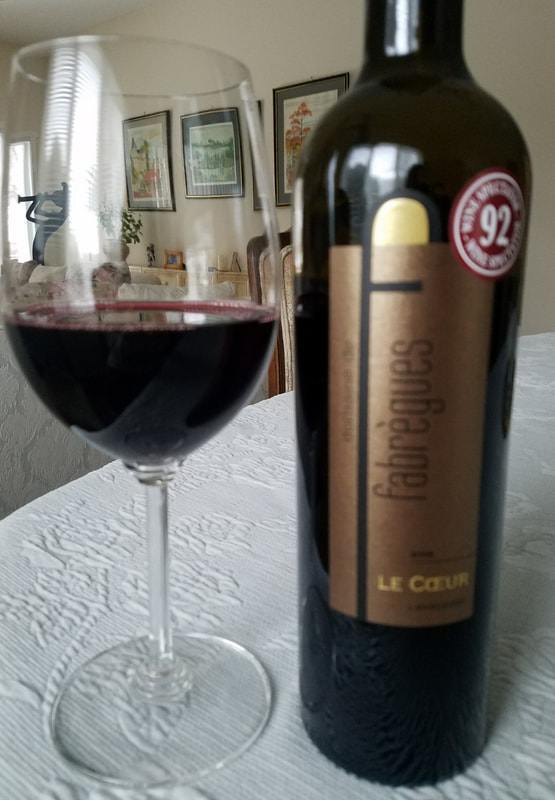


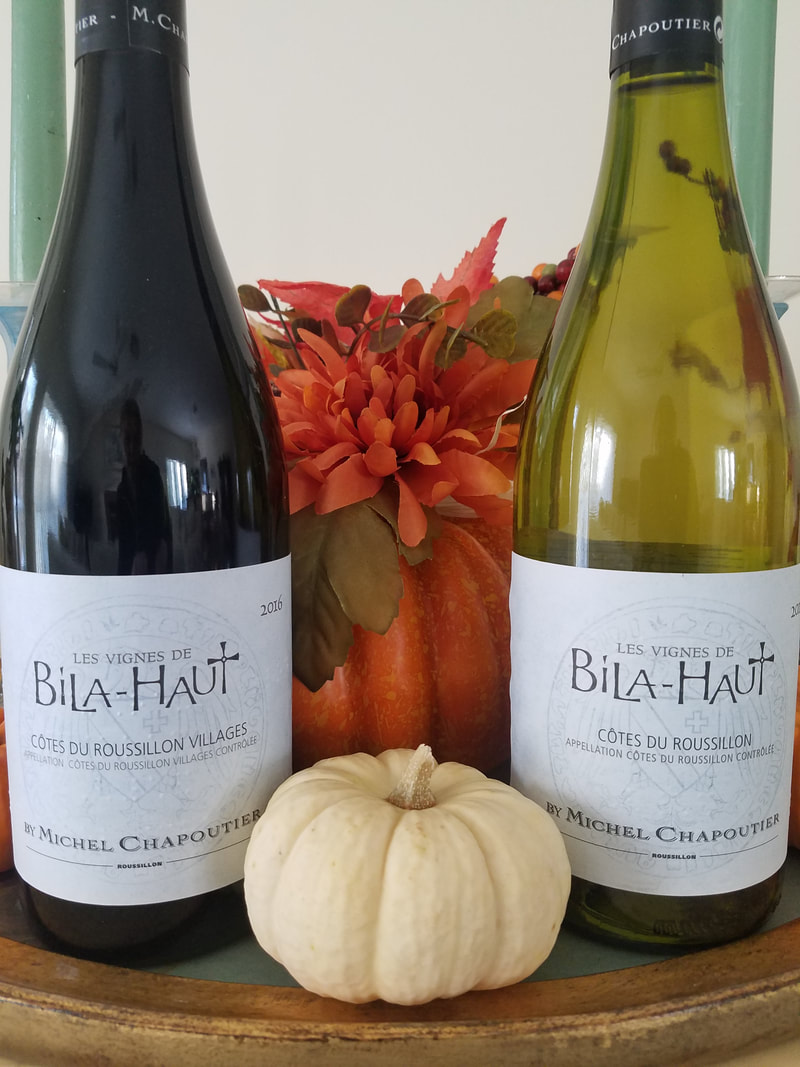
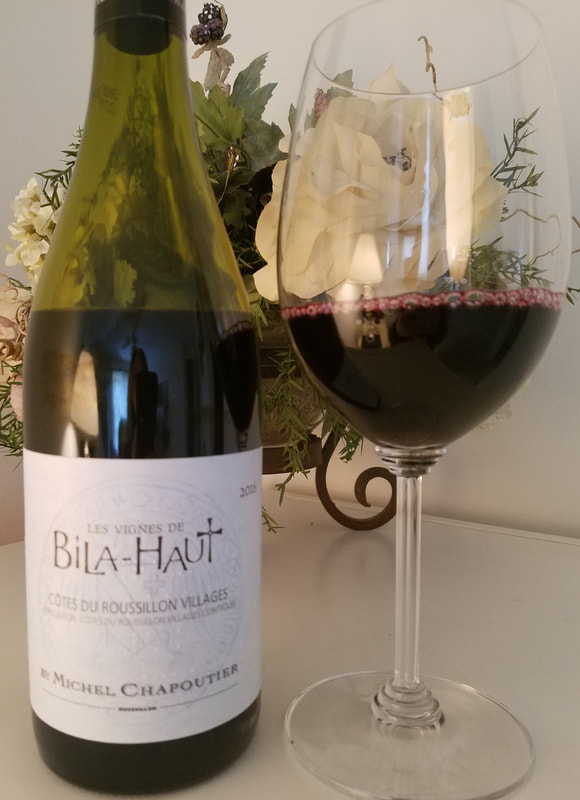
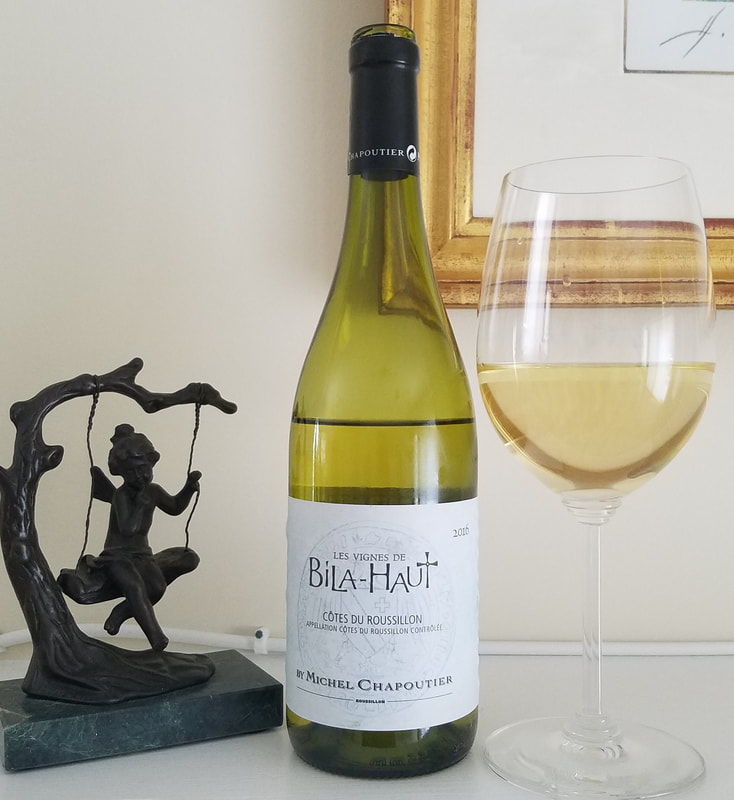
 RSS Feed
RSS Feed